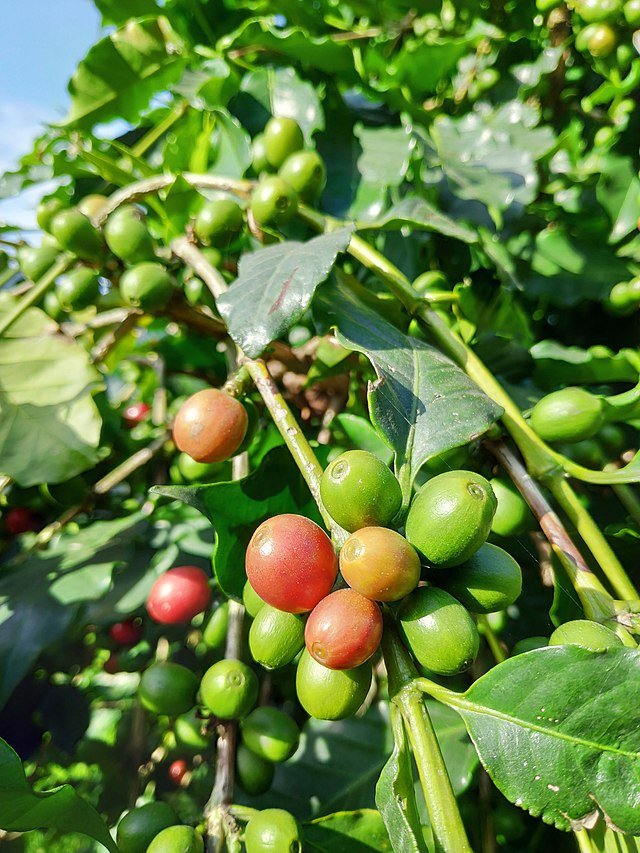One Degree
Last time I talked about greenhouse gases and the science behind global warming. The earth is now around 1.2°C warmer than pre industrial levels. Why does this matter? What difference does a few degrees make? Here are some examples.
We all know ice stays frozen up to 0°C degrees. So a 1°C change in temperature makes the difference between ice and water.
95% of the oldest thickest ice in the artic is already gone. Melting ice means rising sea levels which leads to flooding, changes in tides and weather.
Climate change also affects weather patterns meaning that we are experiencing more weather extremes colder wetter winters and drier warmer summers. For example, the UK will experience summers on average 3°C warmer than previously and we have a mild climate compared to some other countries in the world who are already suffering extreme weather conditions.
So, we can see that one degree makes a huge difference. From where we are at currently, fractions of degrees are vital to the safety and survival of all the diverse life on earth.
Next time we will look at the steps we need to take, collectively as the human race, to limit global warming and restore our precious ecosystems.



